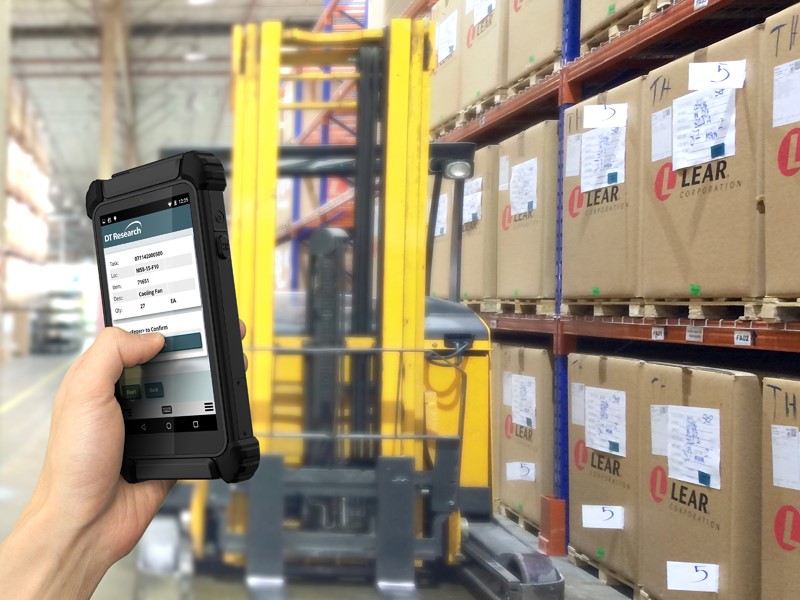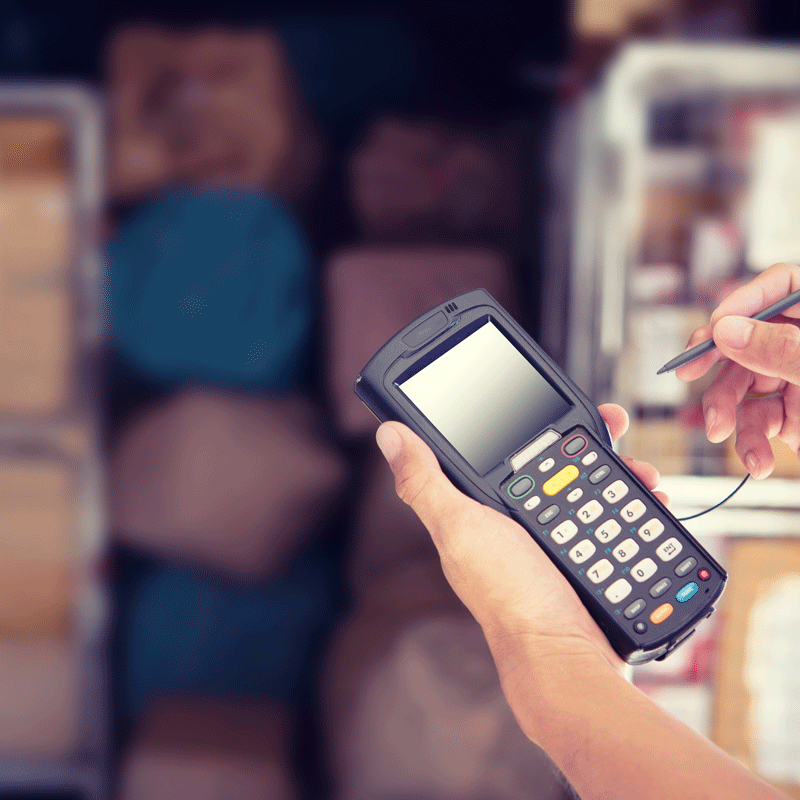
Effective inventory management is the foundation of any fruitful business, no matter what its size or industry. Keeping up with exact and state-of-the-art records of assets and inventory is critical for smoothing out tasks, decreasing expenses, and boosting efficiency. Generally, manual inventory control processes have been tedious and inclined to mistakes, prompting shortcomings and monetary misfortunes. However, with the coming of innovation, asset management rfid tags have revolutionized inventory control, offering organizations a strong and robotized answer for track and deal with their assets really.
Figuring out RFID Innovation:
RFID, which represents Radio Recurrence Distinguishing proof, is an innovation that utilizes electromagnetic fields to naturally recognize and follow objects that are outfitted with RFID tags. These tags contain electronically put away data, and when put on assets, they can be perused and refreshed utilizing RFID peruses or scanners. The information put away in RFID tags can incorporate novel identifiers, item subtleties, area data, and other important asset-related information.

Benefits of Asset Management RFID Tags:
- Asset management RFID tags empower robotization of inventory control processes. Dissimilar to manual strategies that require actual counts and information section, RFID innovation takes into consideration fast and precise asset tracking.
- RFID tags offer ongoing tracking capacities. As assets travel through an office or an inventory network, RFID peruses can in a split second update their areas and status. This constant perceivability upgrades inventory control and empowers organizations to pursue informed choices in light of the latest information.
- Manual information passage and counting are inclined to human blunders, prompting errors in inventory records. RFID innovation fundamentally lessens the gamble of mistakes, guaranteeing exact and solid asset information.
- By giving exact and continuous asset data, RFID tags add to higher inventory precision. Organizations can depend on exact inventory information to streamline stock levels, forestall stockouts, and abstain from overloading, prompting further developed production network management and cost reserve funds.
- Asset management RFID innovation can consistently coordinate with existing inventory control frameworks. This reconciliation empowers organizations to integrate RFID information into their ongoing work processes without upsetting activities.
- With nitty gritty and state-of-the-art data on asset areas and accessibility, organizations can more readily use their assets. This improvement brings about diminished asset margin time and amplified asset usage, at last prompting expanded efficiency and income.
Use Cases for Asset Management RFID Tags:
- RFID tags are utilized to follow items all through the inventory network, from assembling to conveyance to retail locations. This degree of perceivability improves inventory precision and forestalls stockouts and overloading.
- In medical care settings, RFID tags are utilized to follow clinical gear, gadgets, and supplies. This guarantees that basic assets are promptly accessible when required and smoothest out asset upkeep and overhauling.
- RFID innovation is broadly taken on in warehousing and coordinated factors to further develop inventory control and improve the development of merchandise. It empowers effective tracking and following of shipments, decreasing postponements and mistakes in the store network.
The incorporation of asset management rfid tags into inventory control processes has revolutionized the manner in which organizations deal with their assets and inventory. By giving ongoing tracking, mechanization, and upgraded exactness, RFID innovation smoothest out activities, lessens expenses, and lifts generally proficiency. From retail and production network management to medical services and assembling, RFID innovation offers a flexible answer for powerful asset tracking and management across different businesses.






